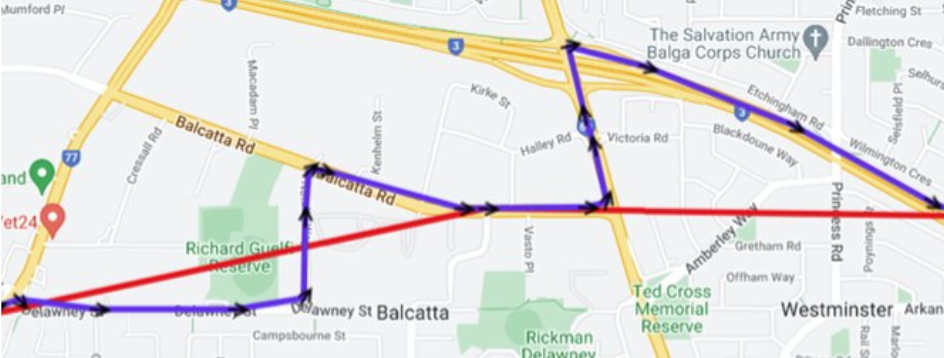Odometer and Run Hour discrepancies using Battery Powered Devices
Table of Contents
Odometers and run-hour monitoring can provide greater insights as to when vehicles might need maintenance and extend their life span or even hire companies are able to use information received from the vehicles to better understand their clients and correctly charge their end-customers based on the number of hours or kilometres driven.
Odometer Count = Total Kilometres or Miles travelled.
Run hours = Total count of hours.
Vehicle-Powered Trackers vs. Battery-Powered Trackers
The main difference between run-hour monitoring and odometer counting can be seen when using a vehicle-powered tracker compared to a battery-powered tracker.
Vehicle-powered trackers can be plugged directly into the vehicle and have an unlimited source of power. This means that you can receive more frequent updates from the device allowing for “accurate” counts and gives a more detailed report as to where the vehicle has been.
In comparison, battery-powered trackers have a limited power source, depending on the device's battery life. This means to save battery, the odometer counting and tracking updates are less frequent and more inaccurate.
Bolt2 in Purple on 30 second logging (vehicle-powered tracker)
Oyster3 in Red on 3 minute logging (battery-powered tracker)

The video below goes into more detail on these differences and how the type of tracker (Edge vs Non-Edge), tracking frequency and tracking mode (Movement based vs Jostle Mode) can impact Odo and Run hour counts. Also, introduces the Remora 3 and it's Turn by Turn Tracking mode.
